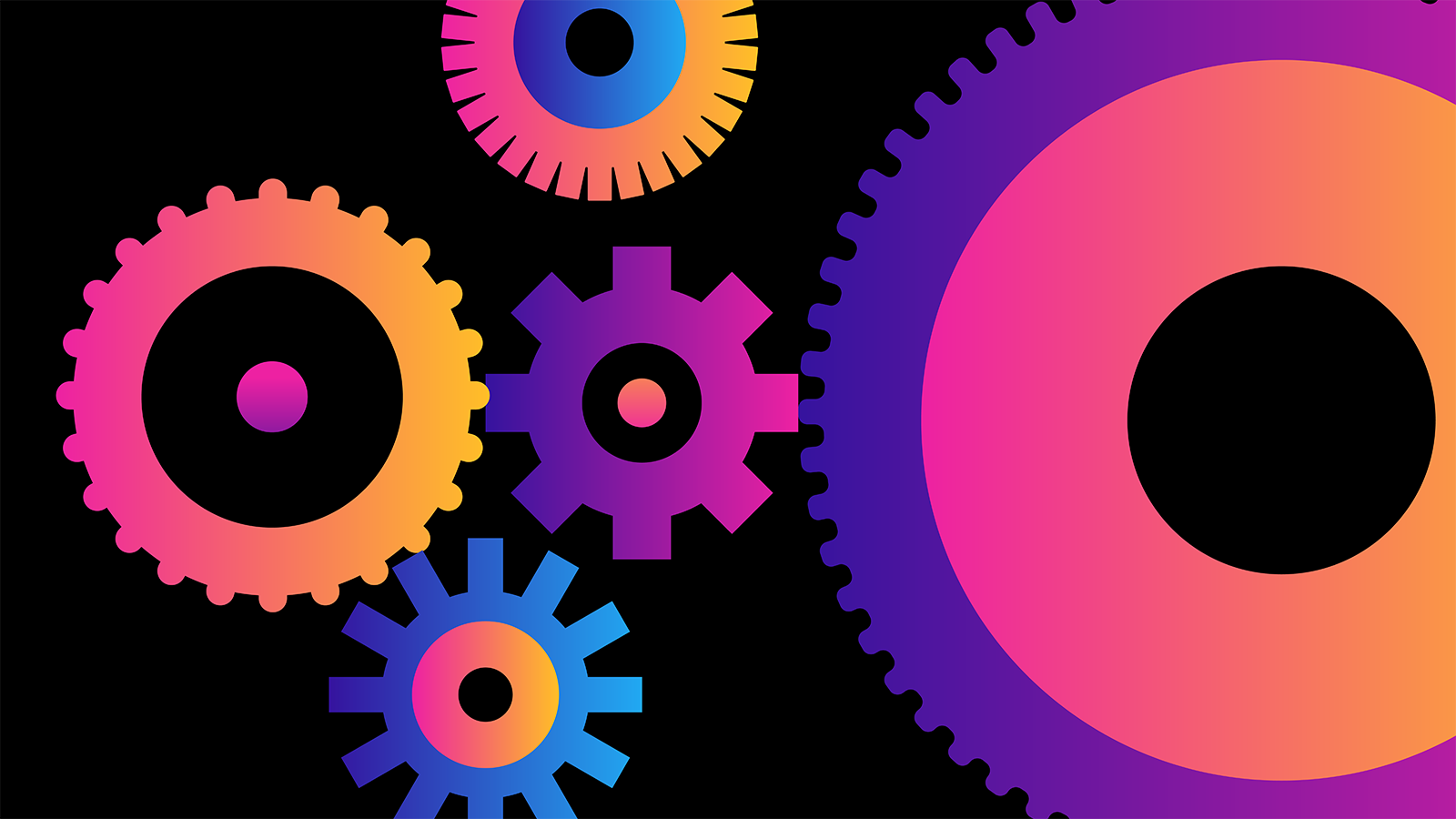The coronavirus pandemic. Changing workforce demographics. Brexit. The issues faced by organisations and their employees in 2021 are a world away from those experienced ten, five, or even two years ago. The world has changed – as have workforce expectations. It follows that employers need to change too. At the heart of this is one simple question: are your current benefit programmes still delivering what your people need?
Pension savings are central to traditional employee benefit offerings, but that will be of little immediate use to a workforce dominated by millennials and Gen Zs. Many of them are struggling to build a financial safety net, take initial steps to buy their first house or generally make progress towards their life goals and ambitions.
But is the answer to helping employees build greater financial resilience staring us in the face?
Working alongside retirement savings, share plans are a fantastic vehicle to help people with their shorter-term financial aspirations – the ones that might be three or five years away. Both SIP and SAYE schemes are incredibly popular, with £470m in income tax and NI relief delivered to employees in the 2018-19 tax year alone. Making them even better, the flexibility added in 2018 means that employees can take a 12-month break from savings without cancelling their plans. No doubt this would have come in very handy for many in the past year, when the focus has been on cash in the bank. Add in workplace ISAs and we have the perfect trilogy, with the even shorter term covered too.
A common challenge is that share plans can be perceived as complex by employees, making engagement difficult. And although companies may be offering fantastic savings options through ISAs, pensions, or share schemes, they’re not connecting them in a way that makes sense to their employees. So clear, well thought out, and integrated communication is key. For example, communications relating to pensions and share plans are often sent separately, sometimes by different teams in a business. Of course both of them need their own explanations, but isolating them only makes it harder to understand the bigger picture of financial resilience. If the company isn’t joining the dots, how will employees manage to do it? By simply communicating in a more effective way, suddenly employees can see how the right combination of savings options can help them achieve their broader financial goals.
The role of technology
Technology obviously has a major role to play in engagement and effective communication. Your people are using digitally-enabled solutions multiple times every day for every aspect of their lives. So a great, technology-driven experience that allows individuals to access information to enable easy decision making will be key to your strategy’s overall success.
Employees must be able to digest information and transact on their share plans on a platform that’s available to them when and how it suits them. If it integrates neatly with any technology that enables them to view and engage with their wider reward provision, it adds even greater value. As HR increasingly relies on technology solutions to enhance the employee experience of reward, it’s more critical than ever that your share plan platform is integrated, so that employees can easily see how all the pieces fit together.
But a slick platform isn’t the answer to all of your problems; digitally enabled communication channels such as snappy video content, backed up by speaking to a real person, deliver a rounded experience leaving your people in a happy and confident place to make decisions.
So, what next?
The answer will be different depending on your business. However, consider this: According to research from Oxford University, happy employees are 13% more productive. If your financially resilient employees are happier and 13% more productive, what factor do you apply to that when they’re united behind the common cause of improving business performance? If your employees have solutions that meet their needs, whatever their financial goals, your business has happy people contributing more to its performance. A win-win result for everyone.
